Month: June 2017
Enjoying Cheese For Breakfast
Breakfast really is the most important meal of the day, especially when you’re a cheese lover and starting your day off right by eating it for breakfast! There’s nothing better than waking up for a long day at work or school with a delicious plate of cheddar or Parmesan molded into our favorite breakfast dishes.

Not only is cheese delicious, but it is a good source of protein which is essential to start the day off right with, especially for growing children and adolescents. It is known that a lot of studies show that eating breakfast improves concentration, memory, problem-solving and your mood (for those who struggle to wake up!) So, that might solve your morning blues, some toasted bread with melted Gruyère to see you through to lunch.
Here are some quick and easy ways to incorporate cheese into your breakfast:
Toast And Bagels

Chicken And Brie Bagels
Divide the bagels and layer one half with the chicken and a slice of Brie. Then add a spoonful of cranberry sauce and place the two halves together again. Cook the bagels for 10 minutes at 350 degrees F.
Banana And Cheese Bagels
This one is relatively simple, it involves toasting the bagels and topping with a spoonful of cream cheese, banana and a sprinkle of cinnamon.
Stilton and Apricots On Toast
Begin by lightly toasting a bread of your choice and spreading one side with butter. Then place a slice of Stilton and canned apricot halves on top of the toasted bread and sprinkle it with a bit of sugar and grill it until the cheese melts.
Other Cheese Toppings On Toast
There are so many variations and options you could go with for this breakfast idea, here are some more unique combinations you could try on toast:
– Cherries, Pecans, Brie and sugar
– Blue cheese and fig spread
– Sharp Cheddar with a marmalade spread
– Parmesan and butter (yum!)
Eggs
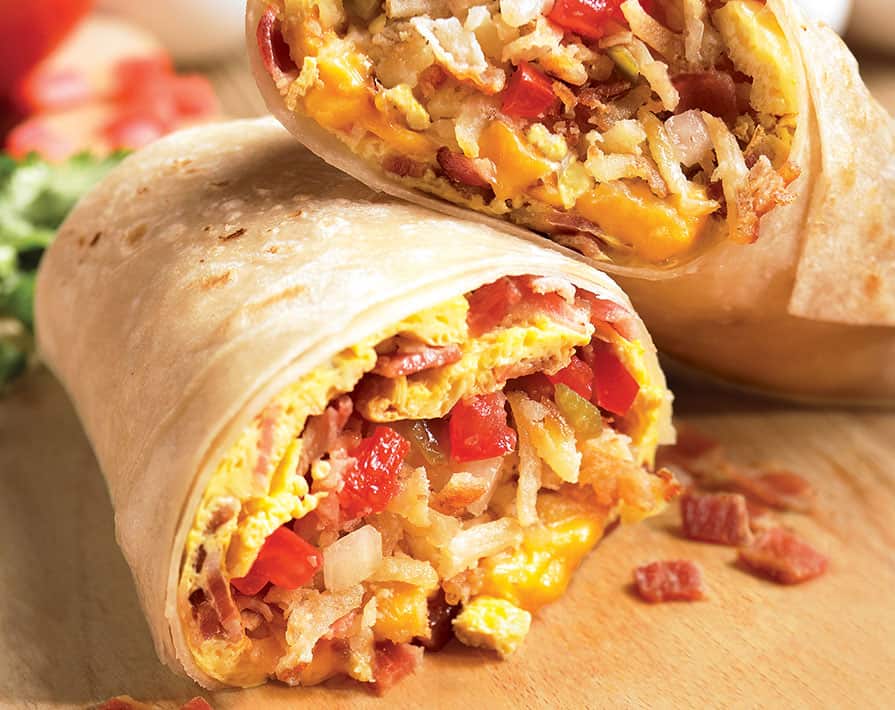
Breakfast Burrito
Breakfast burritos are a classic in America, originating from Hispanic cuisine. Place scrambled eggs on top of a flour tortilla with a bit of salsa and grated Cheddar.
Greek Omelet
Greek cuisine is very big on cheese so a Greek omelet is perfect for this breakfast guide. Chopping up a mixture of spinach leaves, garlic, red onions, and tomatoes for them to be sautéd in a skillet over medium heat until tender. You then beat the eggs with just a drop of water and pour it over the spinach mixture. The eggs will then begin to set, so use a spatula to lift the omelet and let the uncooked portion flow to be cooked. Then, once the omelet is close to being set, crumble some Feta cheese and then cook until it is set.
Southern Style Breakfast Pizza
This unusual, but a delicious style of breakfast can be achieved by scrambling some eggs with a drop of milk and some diced green onion. You then prepare a pizza crust and place it on a baking sheet and spread it with salsa like you would a regular pizza. Then top it with scrambled eggs, cooked bacon and shredded Mexican Queso or Monterey Jack cheese. Bake at 400 degrees F for 10 minutes and enjoy.
Pita Pocket
This simple breakfast consists of scrambling a few egg whites and shredded Cheddar with chopped onions mushrooms, and peppers. You then stuff the food into toasted halves of pita bread and wrap it in foil so you can go about your travels if you need to.
Dips And Spreads
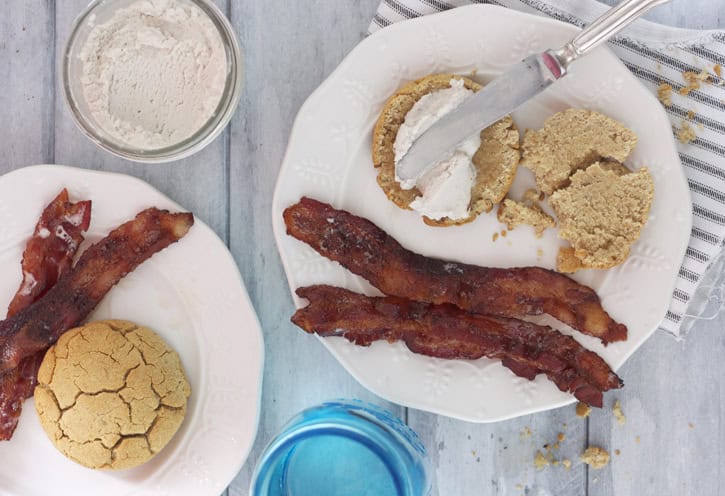
Cinnamon Cheese Spread
In a food processor or a with a blender, blend cream cheese while adding sprinkles of cinnamon, sugar and a handful of raisins or dried fruit of your choice. You can then chill it in the refrigerator and serve on pancakes or toast.
Ricotta Fruit Dip
This delicious dip is a blend of ricotta cheese with sugar, orange zest, and orange juice. You can dip it with your breakfast fruits such as melon and strawberries.
Cream Cheese Dip
Make your mouth water with cream cheese and chocolate spread mixed together to spread on toast and enjoy!
Exploring South African Cheese
South Africa is a newcomer to the cheese industry compared to countries of Europe. In the past 10 years, the craft has significantly developed all over the South African countryside, attracting a bigger cheese-loving audience than ever.

The South African Cheese Trends
Sales of cheese increase about 1.8% each year as popularity grows. On the other hand, in South Africa, the sale of cheese is rising at almost double that, with the rate of 3% per annum. The reason for this is the changing lifestyles of the country.
Rather than dining in, a lot more consumers are dining outside of the home and enjoying cheeses as an ingredient in a number of dishes- an estimated 1,000 metric tons of South African Mozzarella is used on pizza in a month alone! With popular television food shows and cookbooks becoming more trendy, these only add to the reason why cheese is becoming a bigger part of the South African diet.
The Production Of South African Cheese
With the consumption of cheese in France being at 25kg per year and 9kg per year for Australia, New Zealand, and England, it is clear that South Africa only seems at the early stages of cheese production, being at only 1.9kg a year. However, this doesn’t mean to say that there isn’t a huge opportunity for growth.
Twelve big, modern cheese factories in South Africa currently produce about 65% of the country’s cheese. The rest of production takes place in small to medium shops. A lot of the cheese makers are located near the coastal areas where water is readily available and the weather is a lot better for production. More than half of the countries cheese is produced in the Western Cape, also known as the South African cheese province.
Varieties Of South African Cheese
Generally, South Africans have preferred the milder cheeses. The statistics show that of the 82,000 metric tons of cheese South Africa produces per year, 31% is Cheddar, and 20% is Gouda. Because of their versatility, cream cheese,, feta and mozzarella are also favored.
However, over the past 10 years of the cheese market growing and developing, new cheese making methods have introduced South African consumers to more flavorful cheese, French and artisan types in particular. As their palets adjust more to these new flavor profiles, the demand for specialty cheeses continues to rise.
South African cheese markets only carried a few fast selling cheese varieties in the past. However, today markets and delis are stocked with many varieties of blue-veined, brine-ripened, and specialty goat’s and sheep’s milk cheeses, similar to those made in France, Switzerland and Denmark.
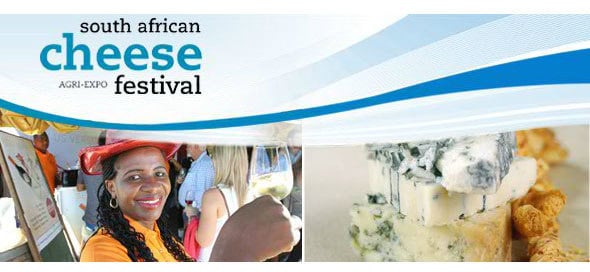
To further the growing popularity, the first annual South African Cheese Festival was held in 2002, but today it is hailed of the countries premier food event where cheese makers get to introduce the new and exciting cheese types they have been developing. Some of the new South African varieties include Kwaito, Wookie, and Bokmakiri, which is a soft goat’s cheese covered with garlic and pepper.
The Cheese Exports Of South Africa
The uniqueness and quality of South African cheese have improved drastically that many cheese lovers think that the country needs to develop its own program for registering the designation of origin cheeses. The labeling would show genuine quality, tradition and local production of South African cheeses.
This might happen when South Africa becomes a true cheese exporting country. Currently, a limited number of South African cheese manufacturers have exported their cheese to the European Union under the EU/SA Free Trade Agreement. We will all just have to eagerly wait to enjoy the delicious cheese that South Africa has to offer, as they strive to overcome exporting hurdles.
Cheeses Of Australia And New Zealand
With many European influences, the world down under is home to a huge array of delicious cheeses. The first cheese making in Australia and New Zealand began in around the 1700s when the first European settlers arrived. The variants they began to create in the beginning were Cheddar, English Cheshire and Leicester, the rest are favorites Aussie originals.

A new demand for continental-style cheeses flooded the nation when Italian and Greek migrants arrived. In today’s day, with Australia being rich in immigrants from all over the world, cheese makers locally produce cheeses from all corners of the world. The market is bursting with top-quality variations of Italian, Greek, English, and French cheese.
Although a lot of the cheeses are replicas of European classics with slight differences in flavor and texture, the amazing landscape of Australia and New Zealand seems to create cheeses with deliciousness in their own right. There are approximately 105 variations of cheese made down under and it’s definitely worth it to try discovering a whole different world of cheeses.
Here are some of the classics of Australia and New Zealand that will have you tempted:
Australia
Woodside Cabecou
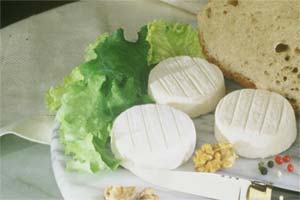
Woodside Cabecou hails from the Adelaide region. The white, soft goat’s milk variety was originally created by Paula Jenkins. Its texture is almost mousse-like and very acidic, when young. With age, the cheese gets harder, giving off a more ‘mushroom’ aroma and flavor. It is distinguished by a thin, natural crust with a wrinkled, yellow color.
Gippsland Blue

Gippsland is one of the first farmhouse cheeses that was made in Australia. It is sweet and buttery with a naturally orange crust dusted with grey-blue molds. The cheese makers, Tarago River Cheese Company, uses the milk of Jersey cows which creates a smooth, creamy texture and gives it a deep yellow color. The cheese ripens in about 8 to 10 weeks and forms into rounds. It is incredibly delicious on its own but can also be added to dishes and grilled.
Pyengana Cheddar

This cheese is a type of modern cheddar made from cow’s milk, but it is not as hard or as smooth as traditional cheddar. It ripens for over a year and because of this, the truckle-shaped cheese has a granular texture and has a rich and nutty flavor. People often use this cheese for grating and grilling, while it also makes a perfect table cheese.
King River Gold
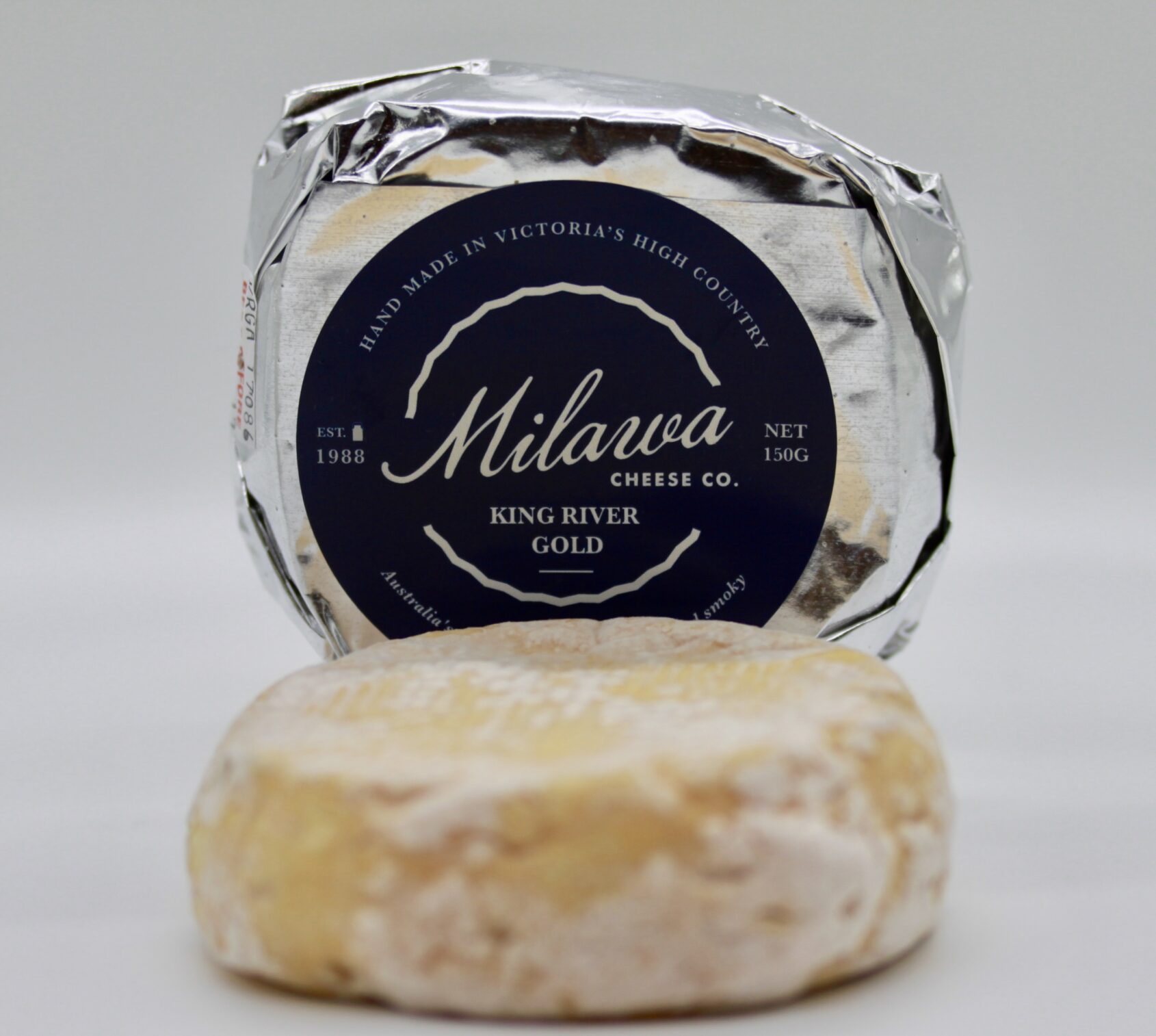
Being produced on the Milawa farm of David and Anne Brown, King River Gold is famous throughout Australia. This semi-soft cow’s milk cheese boasts a sharp taste and an orange-pink natural washed rind which is dusted with mold. It is the perfect table cheese but is also is just as delicious melted over vegetables.
Pokolbin
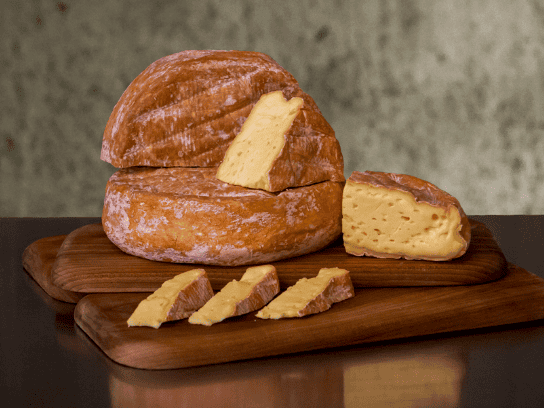
Another popular cheese created down under is this semi-soft cow’s milk cheese which is sharp and spicy in flavor. The shape is very distinguishable as it is a square shape with slightly wrinkled, sticky rind. The Hunter Valley Cheese Company produces the Pokolbin and it serves as an unusual but interesting cheese board selection that is also great for grilling.
Kervella Affine
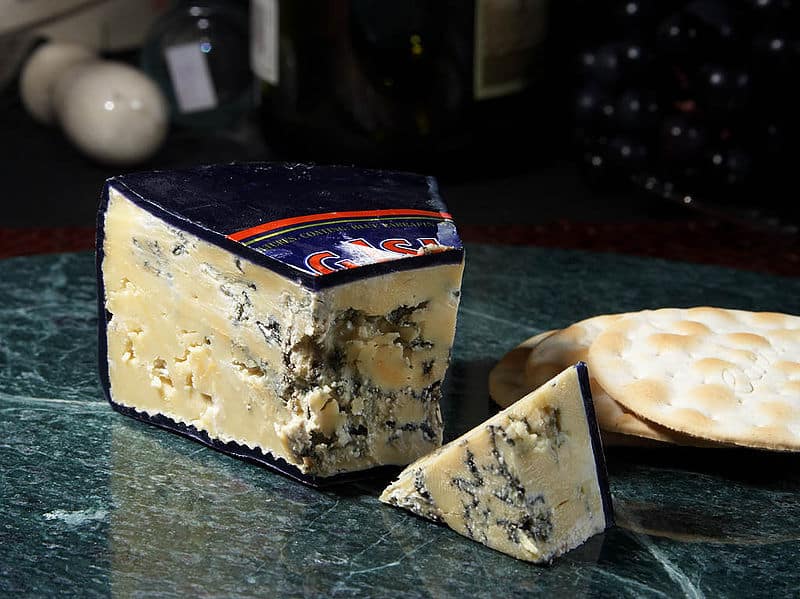
The name of this cheese originates from the small Australian farm owner mastered her cheese making skills in France- Gabrielle Kervella. This soft, white cheese is made from organic goat’s milk and is formed into logs or rounds. It is enjoyed in many different stages of maturity, at two weeks, Kervella Affine is sweet and mild. When it is matured more than that, it becomes flaky and hard while the taste is similar to macadamia nuts, with salty notes.
New Zealand
Windsor Blue

The most award-winning cheese title goes to Windsor Blue. It is usually made in South Island’s limestone area and is named after the township of Windsor. It is pasteurized cheese which has a combination of premium cow’s milk and unique blue cultures. Not only that but it is rich and loaded with a full-body flavor. This is a must try favorite of New Zealand.
Airedale

Airedale is also the name of a district in New Zealand, which is where this cheese got its name from. This modern farmhouse cheese has a thin, natural crust which is coated with a special red cheese paint. Within this coating, the cow’s milk cheese has a compact, semi-soft to semi-hard texture with bright yellow coloring. It has a rich depth of flavor, which varies in age- fruity when young and more full-bodied and savory with age. It is also suitable for vegetarians.
Whitestone Farmhouse
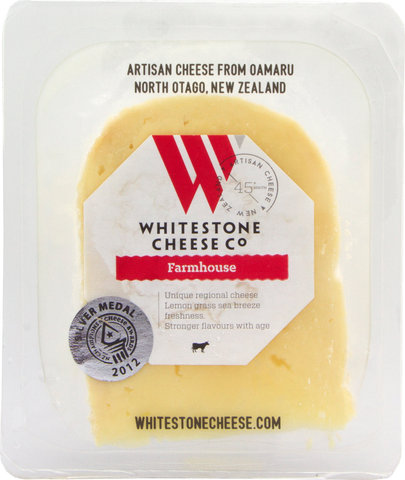
From the ancient white rock limestone found in the New Zealand South Island, is where Whitestone cheese takes its name and is produced. Carrying fragrance of lemongrass, this unique cow’s milk variety has a fine Penicillium candidum rind. It is crumbly and moist in the center and softer towards the outside. With a fresh and fruity tang, it gives off notes of pineapple and guava. It also gains more character with age, displaying a nutty side.


